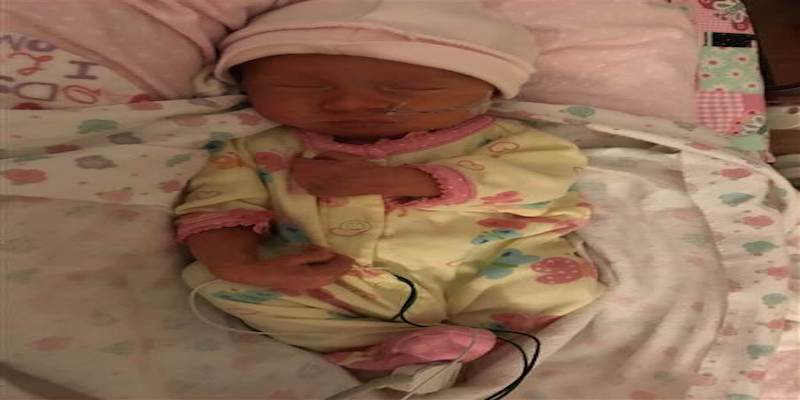- Study Says Most Parents Don’t Use Car Seats In Ride Share Vehicles Like Uber
- This 12-Year-Old Boy Is A Sophomore Aerospace Engineering Major!
- Fire Safety Experts Warn Of Hand Sanitizer Danger After A Mom and Kids Escape House Fire
- Recall Alert: Peaches May Be The Cause Of Salmonella Outbreak, 68 People Ill
- Summer Vacation In The Days Of COVID: Tips To Stay Safe
- How To Safely Grocery Shop During The Coronavirus Pandemic
- Michigan Teen With Vape-Related Illness Undergoes Double Lung Transplant
- Teen Kicks Off Anti-Vaping Campaign From Hospital Bed
- Teenager Receives Life Sentence For Strangling Sister To Death Over A Wi-Fi Password
- Toddler Falls To Death From 11th Deck of Cruise Ship
Pregnant Woman Counted Her Unborn Baby’s Fetal Kicks And Saved Her Life


Once Emily Eekhoff hit the 28-week mark in her pregnancy, Eekhoff make sure her unborn baby was moving enough, counting the fetal kicks each day to make sure she felt 10 movements within an hour – and it saved her baby girl’s life.
“I knew that the movement was important,” said Eekhoff, 26, of Waukee, Iowa. “It indicated that the baby was alive and doing well, so it was reassuring to know that everything was OK when I reached the 10 several times a day. It was peace of mind.”
But she started to worry on May 30, when instead of feeling those kicks in 10 to 15 minutes like she usually did, Eekhoff detected very little movement and called her doctor.
Monitoring at the hospital showed a normal heartbeat but no fetal movement, so her daughter, Ruby, was born by emergency cesarean section at 33 weeks and five days.
Ruby was born with the umbilical cord wrapped tightly around her neck 3 times, Eekhoff said, a life-threatening condition. T the new mom of two credits her kick-counting routine with saving her baby, who received oxygen at birth and was otherwise healthy at 4 pounds, 3 ounces. “I think counting her kicks definitely saved her life because I was aware of what her normal was, and when that changed, I went in (to the doctor) instead of waiting,” she said. “Had I waited, she likely would not have lived.”
Maternal and fetal medicine specialist at Mercy Medical Center in Des Moines, Iowa, Dr. Neil Mandsager, agreed.
“This most likely would have resulted in stillbirth at some point, whether it was one day, two days or three days,” said Mandsager, who ordered the emergency delivery.
“She saved her baby’s life by paying attention to her baby’s activity,” he added.
Ruby had to spend 20 days in the hospital and went home on June 19. “It’s really great to have her home,” Eekhoff said. “She’s doing really well.”
Mandsager recommends that his patients check for 10 movements in an hour starting at around 28 weeks of pregnancy.
While every fetus is different, the idea is that women recognize the typical pattern of movement in their own pregnancy, so they know what’s normal and what’s not, he said.
The monitoring is to try to identify conditions and problems with the umbilical cord and placenta, Mandsager said.
“It’s important to monitor fetal activity to protect against the small risk of stillbirth, which still exists in otherwise healthy pregnancies,” Mandsager said. “A decrease in the baby’s movement can, in some instances, indicate that the baby is in trouble, and without intervention, could result in stillbirth.”
Like she did while pregnant with her now 2-year-old son, Eekhoff tracked fetal movements using an app called Count the Kicks. It allows users to store the data on fetal movement. The Count the Kicks public health campaign and app were created by five Iowa women who suffered a stillbirth or infant death and are aimed at preventing stillbirths.
“I don’t feel like I did something miraculous,” Eekhoff said. “I’m more thankful to those that made me aware to do this. We’re so grateful that I was aware and knew to do that to save her. The opposite scenario is really scary to think about.”









0 comments